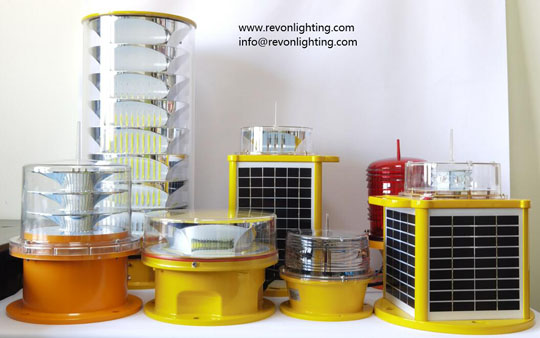Obstruction lighting systems play a crucial role in safeguarding various structures, such as tall buildings, communication towers, and wind turbines. These systems utilize advanced lighting technology to ensure visibility and reduce the risk of collisions with airborne objects, especially during low-light conditions. In this article, we will explore the importance of obstruction lighting systems and how they contribute to overall safety.
Obstruction Lighting Systems: What are They?
Obstruction lighting systems consist of high-intensity lights installed on structures that may pose a hazard to airborne objects. These lights emit bright, flashing signals to alert pilots and other aircraft operators of their presence. The primary purpose of these systems is to enable safe navigation around tall structures, both day and night.

Importance of Obstruction Lighting System
2.1 Ensuring Aircraft Safety
By providing clear visual indicators, obstruction lighting systems help prevent collisions between aircraft and structures. They act as beacons, enhancing situational awareness for pilots and allowing them to navigate safely, even in adverse weather conditions or at night.
2.2 Compliance with Regulatory Requirements
Aviation authorities across the globe have established standards and regulations mandating the installation of obstruction lighting systems on tall structures. Complying with these regulations is not only a legal requirement but also a responsible approach to ensuring the safety of both air traffic and ground personnel.
| Obstruction Lighting System | Obstruction Lighting Systems |
Key Components of Obstruction Lighting Systems 3.1 High-Intensity Lights Obstruction lighting systems employ high-intensity lights, typically LEDs, which offer excellent visibility and energy efficiency. These lights are designed to emit intense and focused beams, ensuring maximum visibility from a distance.
3.2 Flashing Patterns
The lights in obstruction lighting systems utilize specific flashing patterns, such as steady burning, flashing, or alternating patterns, to distinguish between different types of structures based on their height and potential hazard level. These patterns aid in quickly identifying and differentiating various obstacles while providing vital information to pilots.
Advanced Features and Technologies 4.1 Monitoring and Control Systems Modern obstruction lighting systems often incorporate monitoring and control capabilities. These systems enable remote management, monitoring of light status, fault detection, and maintenance scheduling, ensuring the system operates optimally at all times.
4.2 Lighting Automation
Automation features allow obstruction lighting systems to adjust their intensity based on ambient conditions, such as sunset or sunrise. This adaptive lighting helps conserve energy without compromising safety.
Conclusion Obstruction lighting systems are indispensable for enhancing aviation safety and preventing accidents caused by poor visibility. By complying with regulatory requirements and leveraging advanced technologies, these systems serve as beacons of safety, guiding aircraft through complex airspace and safeguarding structures. Embracing the latest advancements in obstruction lighting technology ensures a secure and efficient aerial environment for both pilots and ground personnel.